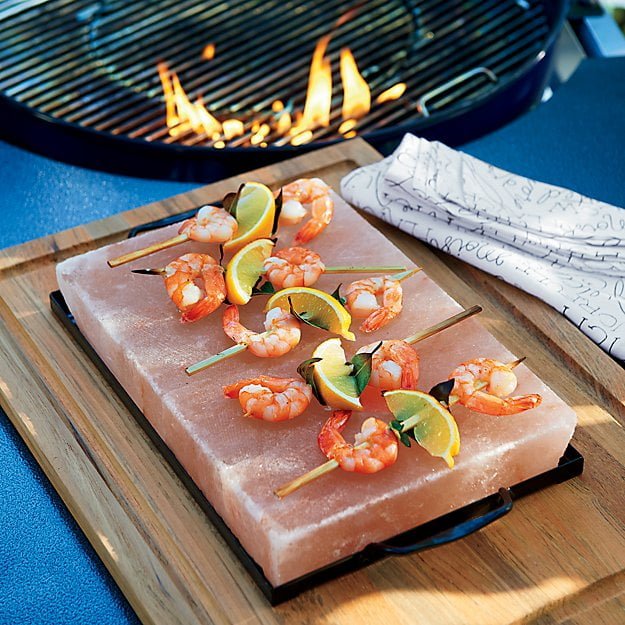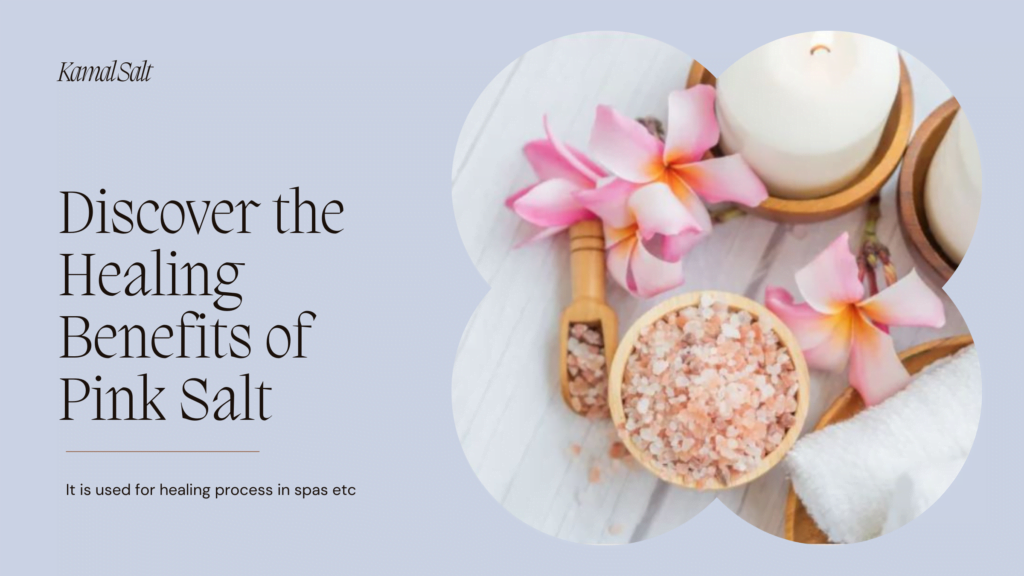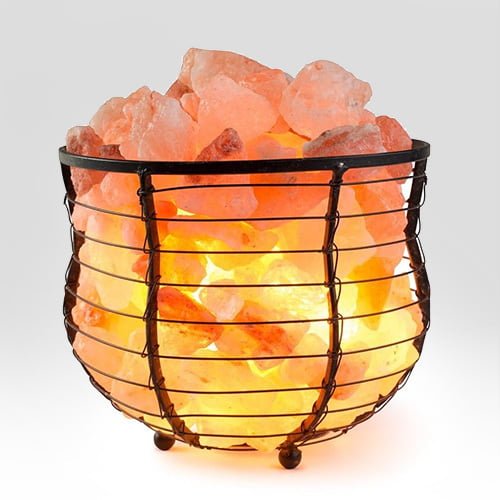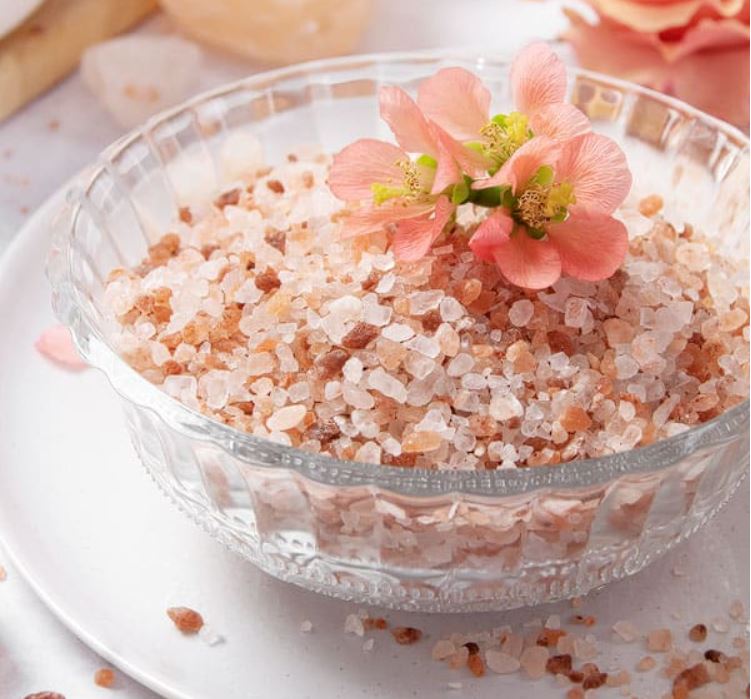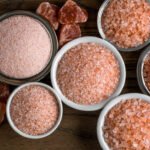Is Pink Salt Iodized or non-Iodized ?
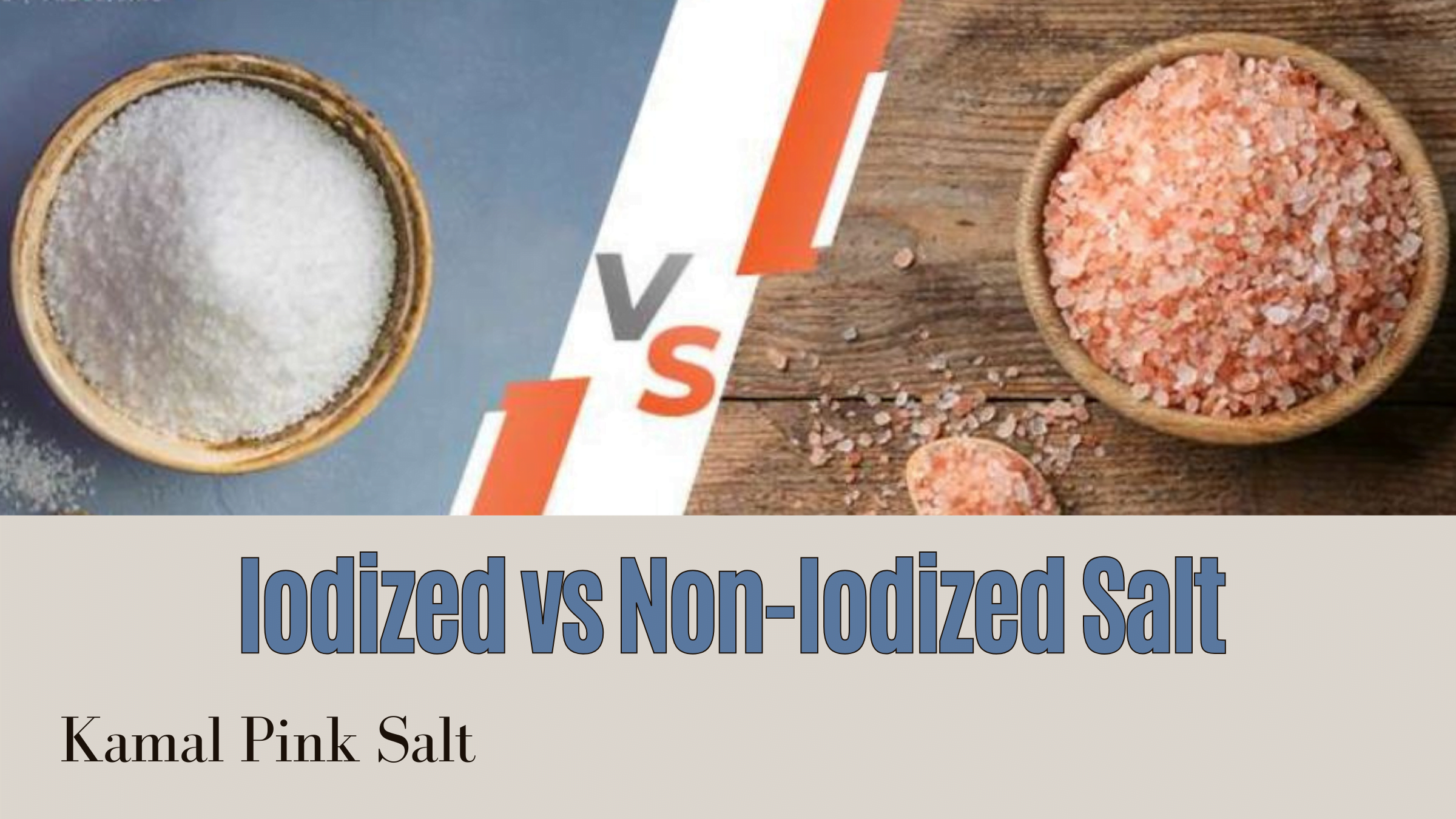

- Introduction
- Understanding Iodine
- Iodized Table Salt
- The Pink Salt Phenomenon
- Is Pink Salt Iodized?
- The Importance of Iodine
- Balancing Your Salt Choices
- Consulting a Healthcare Professional
- Conclusion
Introduction In recent years, pink salt has gained popularity as a trendy alternative to traditional table salt. Sourced from the Himalayan region, this salt boasts a beautiful pink hue and is often marketed as a healthier and more natural option. One question that frequently arises is whether pink salt is iodized or not. In this article, we will delve into the iodine content of pink salt and its implications for your dietary needs.
Understanding Iodine Iodine is an essential mineral that plays a crucial role in maintaining good health. It is particularly important for the proper functioning of the thyroid gland, which regulates various bodily functions, including metabolism. Iodine deficiency can lead to thyroid disorders and a range of health problems, making it vital to ensure an adequate intake of this mineral.
Iodized Table Salt Table salt, also known as sodium chloride, is typically iodized in many countries as a public health measure to prevent iodine deficiency. The process of iodization involves adding small amounts of potassium iodide or sodium iodide to the salt. This fortification helps ensure that people receive an adequate amount of iodine in their diet, which is especially important for pregnant women and children.
The Pink Salt Phenomenon Pink salt, often referred to as Himalayan salt, is sourced from ancient salt deposits in the Himalayan mountains. It gets its characteristic pink color from the minerals and trace elements present in the salt. While pink salt is renowned for its unique flavor and attractive appearance, it does not undergo the same iodization process as table salt.
Is Pink Salt Iodized? The simple answer is no; pink salt is not iodized. Unlike table salt, pink salt is not fortified with iodine during its production process. This means that if you primarily use pink salt in your cooking or seasoning, you may be at risk of not getting enough iodine in your diet.
The Importance of Iodine Iodine is an essential nutrient that your body cannot produce on its own, so it must come from your diet. While pink salt contains many trace minerals, including potassium, magnesium, and calcium, it lacks the iodine content found in iodized table salt. This is a critical consideration, especially if you rely on pink salt as your primary source of seasoning.
Balancing Your Salt Choices If you enjoy using pink salt for its unique flavor and appearance, there’s no need to eliminate it from your diet entirely. However, it’s essential to balance your salt choices to ensure you receive adequate iodine. You can achieve this by incorporating iodized table salt or other iodine-rich foods like seafood and dairy products into your meals.
Consulting a Healthcare Professional If you have specific dietary concerns or are at risk of iodine deficiency, it is advisable to consult a healthcare professional or a registered dietitian. They can provide personalized recommendations to ensure you maintain a balanced diet and meet your iodine needs while enjoying the flavors of pink salt.
Conclusion Pink salt, though beloved for its aesthetic appeal and unique taste, is not iodized. Iodine is a crucial mineral that plays a vital role in your overall health, and its deficiency can lead to various health problems. To ensure you receive an adequate supply of iodine, it’s wise to balance your salt choices by incorporating iodized table salt or other iodine-rich foods into your diet. As with any dietary decision, consulting a healthcare professional can provide you with the best guidance for your individual needs.



